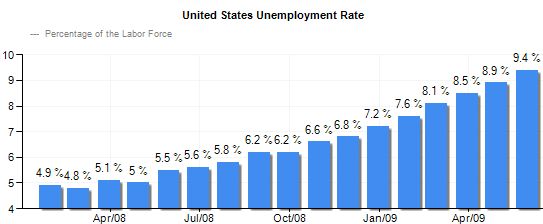
Translation by Andrew Vanburen from a recent Chinese-language opinion piece in SinaFinance
THE SHANGHAI COMPOSITE, the benchmark index for Chinese shares, had a rather forgettable Year of the Tiger, currently down 6.52% from a year earlier.
Investors should not wait for mini-crashes before bailing out on stocks as the volatility seen over the past year is likely to continue into the Year of the Rabbit.
The past few trading days in the PRC have been seasonally impacted by the granddaddy of all public holidays – the annual rite of spring that is the Lunar Chinese New Year festival.
The stock market has not been open for business since February 1, when the Shanghai Composite was at a level nearly 7% lower year-on-year after seeing a mini rally since January 25 when the index was down around 11% from the year-earlier period.
Looking at the fundamentals of the recent bounceback, we can see that other than non-ferrous metals, construction material-related shares have shown some of the most promising performance of late and have been the “building blocks” of the recent rally to a certain fashion.
However, listed firms on the SME board and the year-old, 174-firm strong ChiNext market (a.k.a Growth Enterprise Market, or GEM board) have evinced a more anemic turnaround so far this year.
These piecemeal rallies across boards, sectors and industries are nothing new to market watchers, but the unpredictability of recent market surges and pullbacks is.
This makes it all the more risky to hold onto theme shares too long in this environment because rallies that reliably came along every few sessions in the past are no longer a given nor are they as sustainable as before.
And market participation over the last several sessions – even when adjusted for the holiday effect – is hardly anything to write home about in terms of daily trading turnover, thus making a mini bull run with legs all the less likely.
The roughly four percentage point rebound since January 25 has addressed the widely understood overcorrection for most of January, but the bounceback is fundamentally a technical one in nature and only a counter-reaction to a perceived overreaction in the first three weeks of the calendar year.
We don’t necessarily attribute any substance to the mini-surge, nor is there an concrete sign of a sustained rally in any particular sector or theme going forward at this point, thus making higher-level market risk the “new normal,” at least for the foreseeable future.

Currently, the chief matter that should be of concern to investors is not at which level to buy into shares, but instead at which price should particular stocks be sold.
Selling a significant tranche of shares during the high-end of a particular listco’s rebound is of course the ideal situation for shareholders, but in this unpredictable market such a goal is destined to only be mastered by the most market-savvy investors, likely ones who can afford the luxury of spending entire days monitoring the bourses no doubt.
Many market watchers falsely place hope in the recent clarity in property taxes for Shanghai and Chongqing in particular as well as a raft of new anti-speculative regulations coming out of Beijing, believing that all this augurs the beginning of a sustained rally in the property sector.
But in fact these measures are neither efficient nor cross-coordinated enough to bring more stable and sustained growth across all regions and Tier Cities within the country’s sprawling real estate sector anytime soon, and rallies from property-heavy portfolios are unlikely to be the best bet for now.
After all, new regulations are always a double-edged sword, as once regulations target a particular region or type of development, others jump in to fill the void elsewhere and then official attention invariably shifts to and fro.
This makes it very hard to put a finger on the property market direction unless you count putting a finger in the wind.
The bouts of euphoria over the recent rally and the hopes of a new Lunar Year cannot mask the fact that individual shares are still enduring a high-volatility, high-risk period, and any rallies are unlikely to do much more than sputter out these days.
Therefore, investors should avoid waiting until their ship has taken on too much water before beginning the bailing-out process.
See related Singapore story:
PROPERTY INVESTMENT: 'It's Not A Great Risk/Reward Profile Currently'



